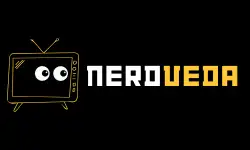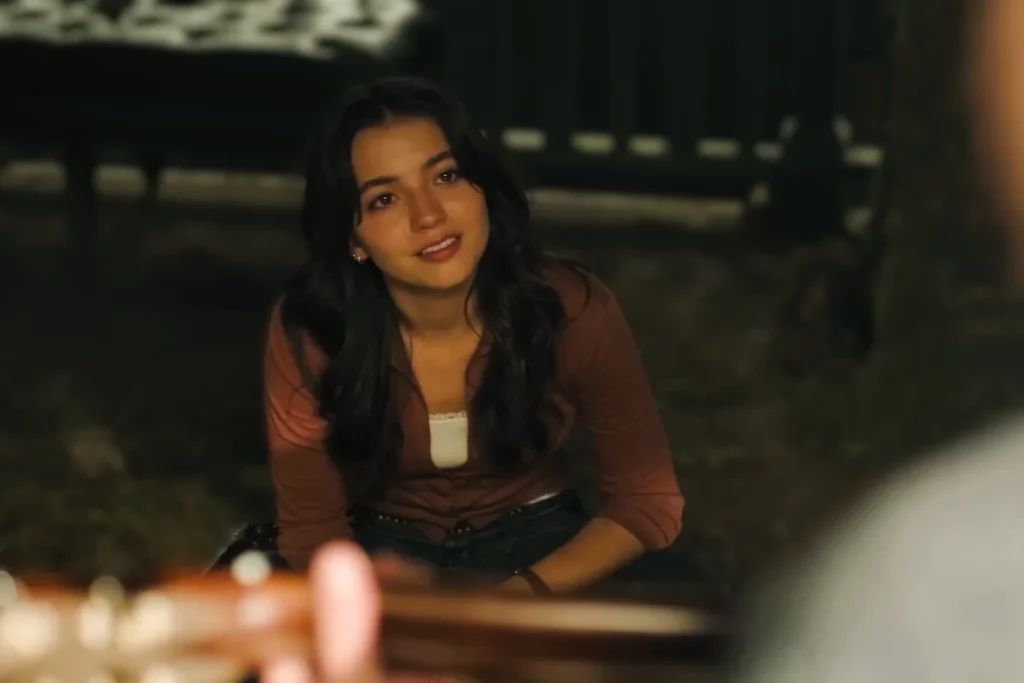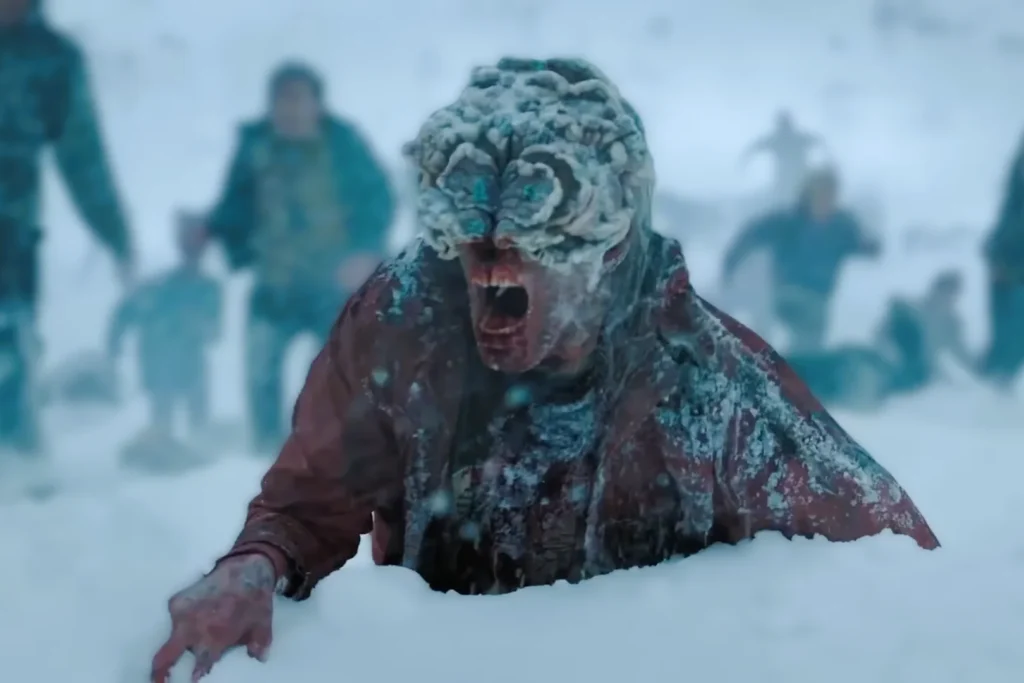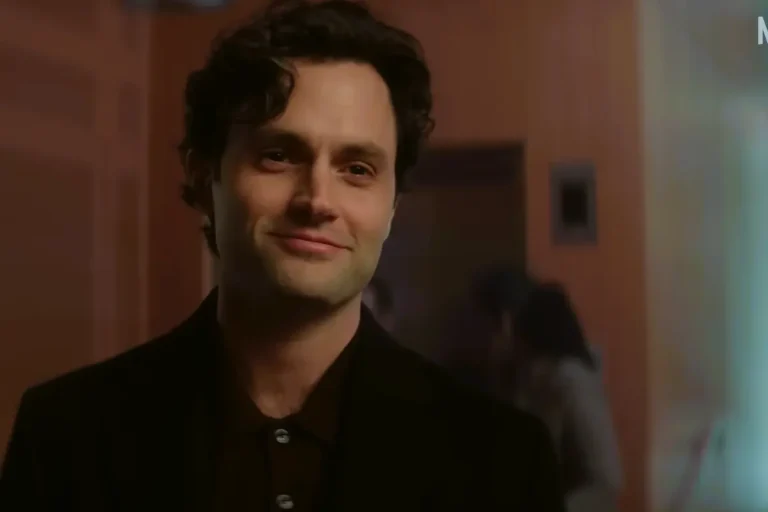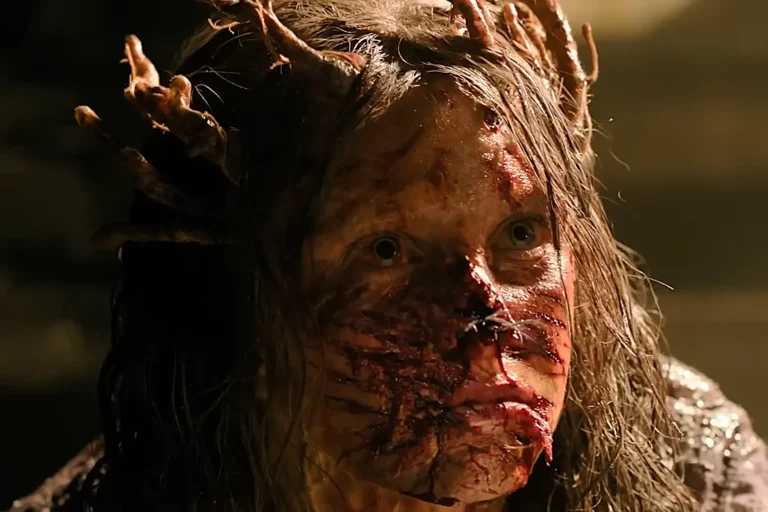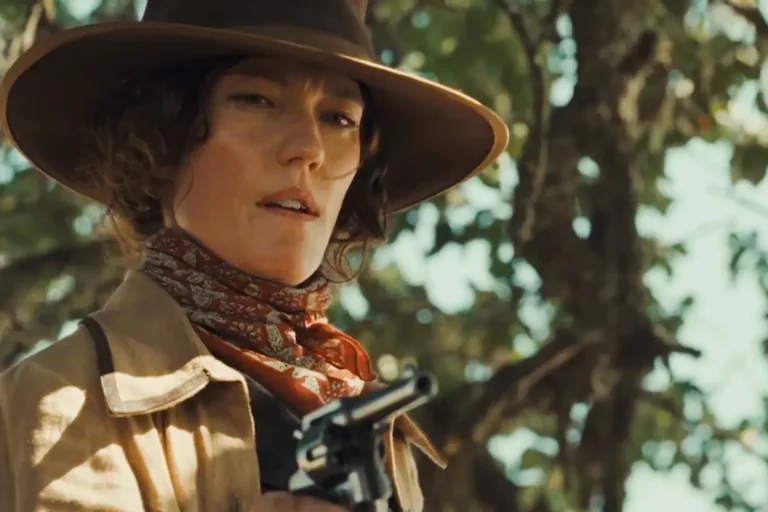Key Points:
- Moana is inspired by Polynesian mythology, not a single true story.
- The character Maui and the concept of Te Fiti derive from cultural lore.
- Wayfinding and the “Long Pause” reflect Polynesian voyaging history.
- Disney consulted experts to ensure cultural authenticity in the film.
Moana isn’t based on a single true story but draws inspiration from various elements of Polynesian mythology, history, and culture. The film integrates real cultural practices with a fictional narrative, celebrating the seafaring heritage of Polynesia and its rich traditions.
How Does Moana Reflect Polynesian Culture and Mythology?

Moana explores multiple facets of Polynesian culture, particularly through its main characters and themes. Moana, which means “ocean” in Māori and Hawaiian languages, symbolizes the ocean-centric lives of the Polynesians, who were renowned navigators across the Pacific. Her journey reflects this tradition, especially through the practice of wayfinding, a navigational method using stars and natural elements, essential to ancient Polynesians.
The demigod Maui is another mythological reference. Rooted in various Polynesian cultures—including those of Hawaii, Samoa, and New Zealand—Maui is celebrated as a trickster and a hero. Moana’s Maui combines aspects of these legends, embodying both bravery and humor, making him a character who resonates with audiences while preserving his cultural roots.
READ MORE: The Meaning and Importance of Maui’s Tattoos in Moana – With Pictures
The film also centers on the “Heart of Te Fiti,” a fictionalized representation of life and creation. The environmental decay after Maui’s theft of the heart mirrors Polynesian beliefs about the connection between nature and humanity and echoes the global theme of ecological balance.
What Elements of Real-Life Polynesian Voyaging Appear in Moana?
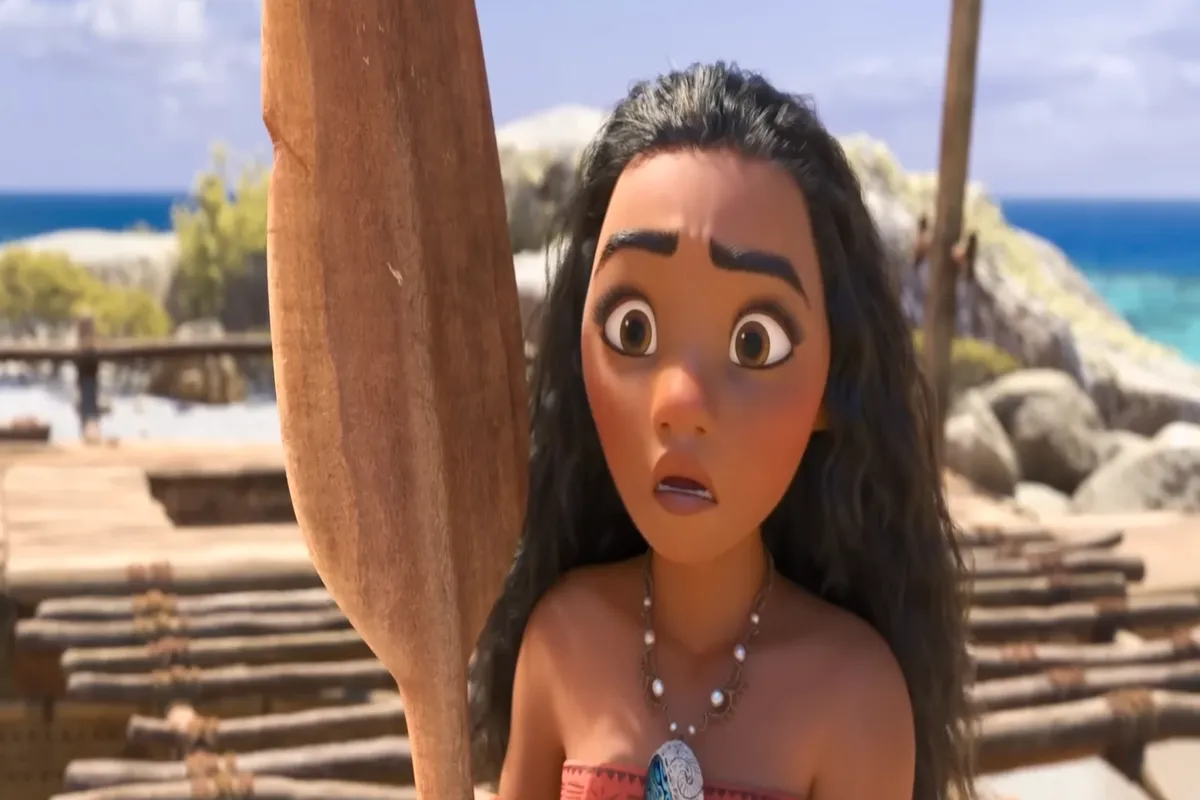
Moana incorporates real-life Polynesian voyaging practices, showcasing ancient wayfinding techniques. These include:
- Celestial Navigation: Polynesian voyagers used stars to navigate, which Moana learns to do on her journey.
- Ocean Currents and Swells: Ancient navigators observed the sea’s patterns for guidance; Moana similarly interprets these signs.
- Bird Behavior: Like real voyagers, Moana observes birds to locate land.
Her canoe is a replica of traditional double-hulled vessels, emphasizing Polynesian maritime skill. Moreover, the film’s storyline incorporates the “Long Pause,” a period when Polynesians ceased long-distance voyages for about a millennium. This pause is depicted as a taboo against sailing due to fear, reflecting Polynesians’ reverence for the ocean.
READ MORE: Moana: Meaning and Cultural Significance of the Name in Polynesian Culture
The ocean itself is portrayed as a living entity, symbolizing its spiritual significance in Polynesian culture. Moana’s relationship with the sea reflects Polynesian respect for nature as both a resource and a sacred connection to ancestors.
What Are the Key Differences Between Moana and Polynesian Legends?

While Moana captures the spirit of Polynesian mythology, it takes creative liberties:
- Characterization of Maui: In Moana, Maui is a humorous, sometimes bumbling character. In traditional myths, he is respected for his strength, often depicted as a clever hero. His comedic portrayal has faced criticism for simplifying his revered role in Polynesian stories.
- Absence of Hina: A goddess often associated with Maui, Hina is absent from Moana, leaving out a key female figure who represents balance in creation myths.
- The Heart of Te Fiti: While some Polynesian myths involve sacred objects, the concept of Te Fiti and her heart is a fictional element introduced by Disney.
- Kakamora Portrayal: Moana depicts Kakamora as fierce, pirate-like creatures. In actual Polynesian folklore, they are described as small, mythical beings without the violent tendencies shown in the film.
Moana also uses certain stereotypical elements, like coconuts, which can simplify Polynesian cultures into “tropical” clichés, though Disney aimed to present an authentic representation by consulting with cultural experts.
READ MORE: Why Harry Potter Was Sorted into Gryffindor: House Meanings
Moana skillfully intertwines Polynesian culture and mythology with creative storytelling. While it isn’t a true story, it honors Polynesian heritage through its portrayal of wayfinding, environmental themes, and the legendary demigod Maui. The film serves as a bridge, connecting viewers worldwide with Polynesian traditions while celebrating exploration, identity, and environmental stewardship.
Source: ScreenRant
Stay updated with the Latest News and Stories, follow us on our social media platforms.
You can follow us on:
Stay Connected!! Join our Whatsapp Channel
